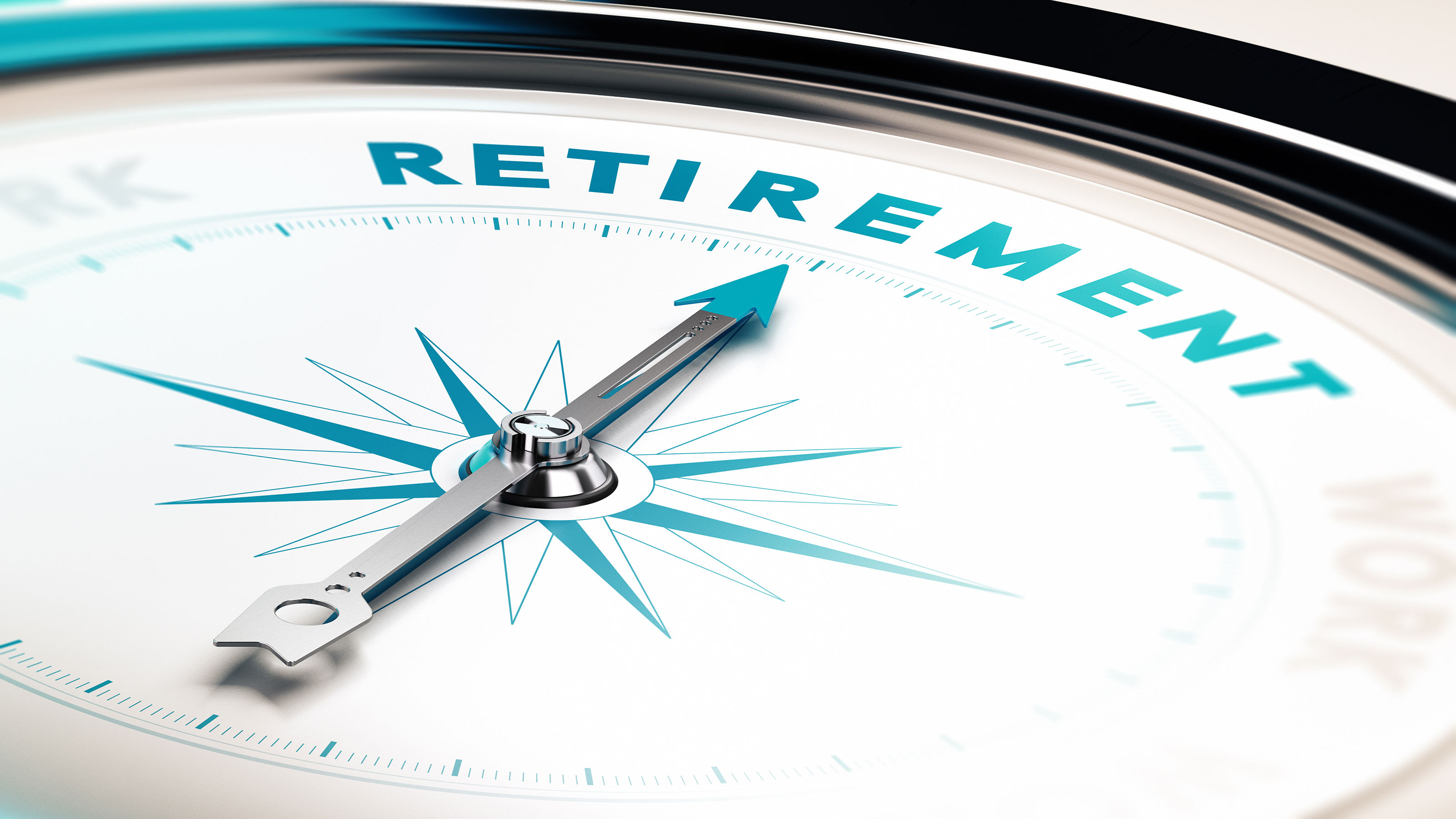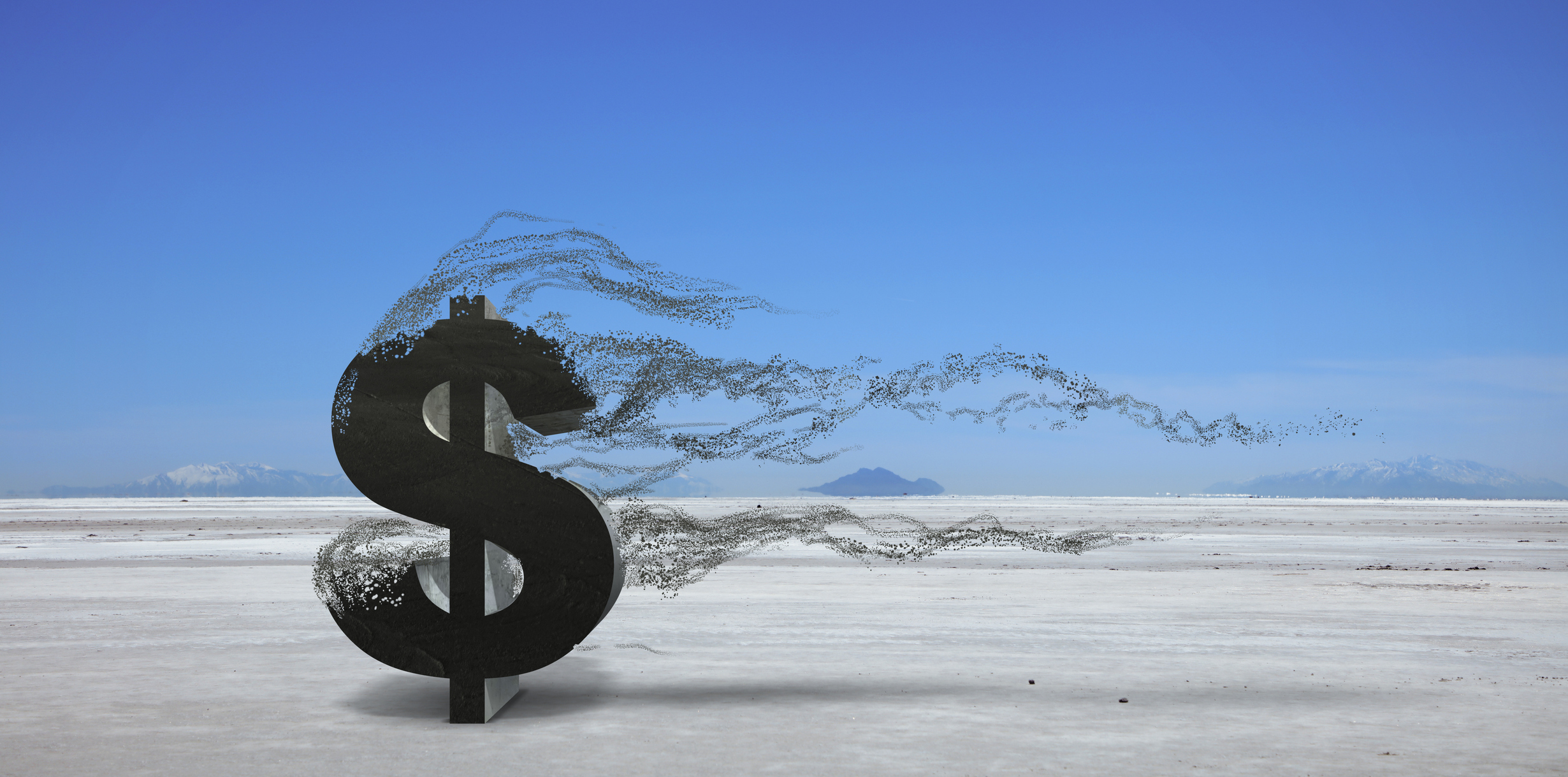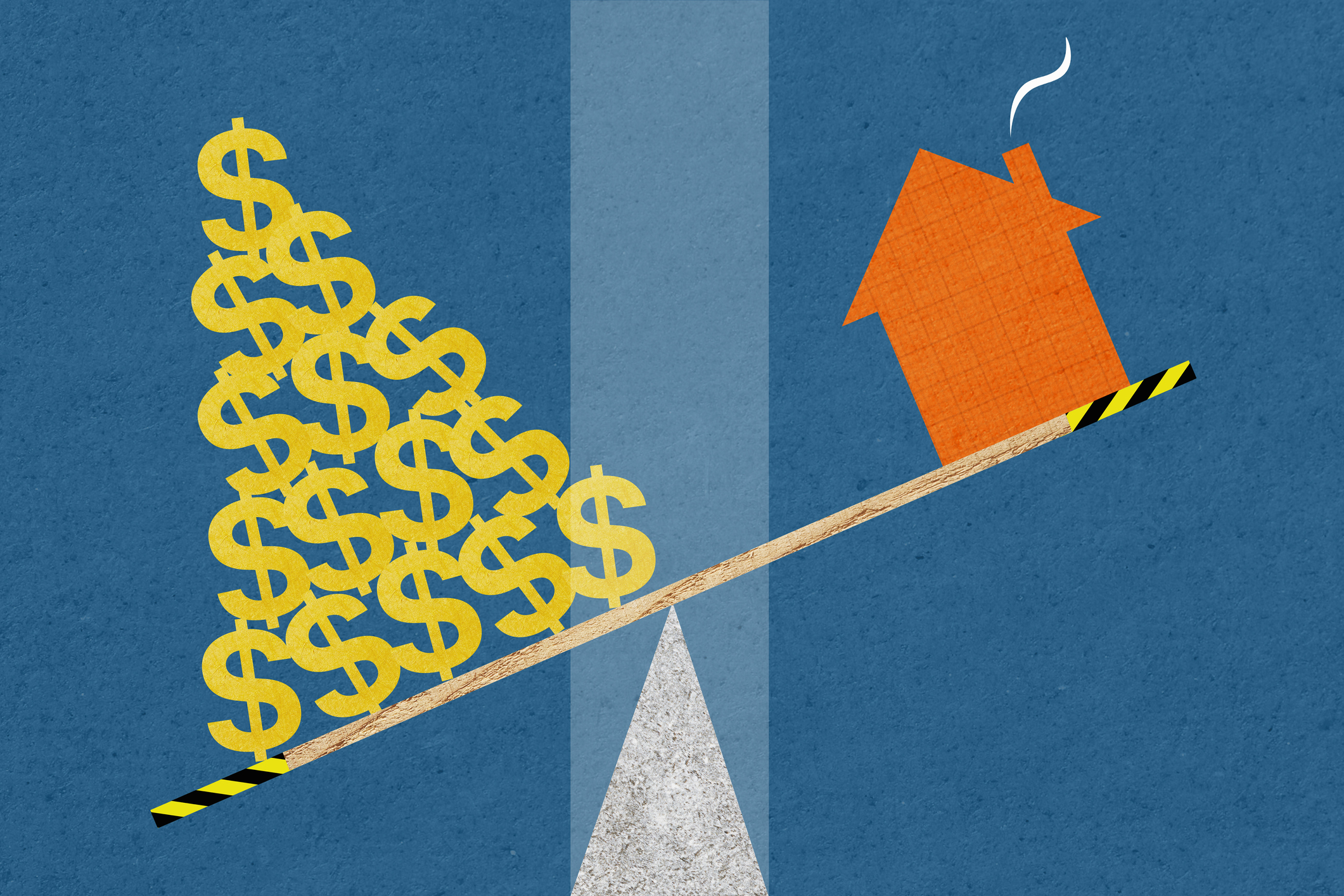SECURE 2.0 Act Summary: New Retirement Savings Changes to Know
The SECURE 2.0 Act makes major changes to 401(k), IRA, Roth, and other retirement savings plans. Here's what you need to know.


The SECURE 2.0 Act is a significant piece of legislation that has brought about substantial changes to the retirement account rules in the United States in recent years. These changes affect retirement savings plans such as 401(k), 403(b), IRA, Roth accounts, and related tax breaks.
The primary objective of SECURE 2.0 is to encourage more workers to save for retirement. However, complex changes have confused some taxpayers and plan sponsors. Therefore, it is important to understand the key points of the law.
Here's what you need to know.

Sign up for Kiplinger’s Free E-Newsletters
Profit and prosper with the best of expert advice on investing, taxes, retirement, personal finance and more - straight to your e-mail.
Profit and prosper with the best of expert advice - straight to your e-mail.
Overview
SECURE 2.0 Act retirement plan changes
More than 90 provisions in SECURE 2.0 cover all types of retirement savings plans.
Some requirements are in place as of last year. Other provisions become effective this year, in 2025, or in later years, i.e., 2026, or 2027.
Some changes in SECURE 2.0 involve:
- RMD Age Rules and Penalties
- Higher 401(k) Catch-up Contributions
- Automatic Enrollment Changes
- Emergency Withdrawal Flexibility
- 529 Plan Roth Rollovers
- A Student Loan Payment 401(k) Match
This SECURE 2.0 summary highlights key provisions of the new law and potential implications for your retirement planning.
Required Minimum Distributions
SECURE Act 2.0 RMD changes
Before discussing the SECURE 2.0 RMD changes, it's helpful to review what an RMD is.
- A required minimum distribution is money that must be taken out of a retirement savings plan.
- More specifically, RMDs are the minimum amounts that must come from given retirement plan accounts each year once the account holder reaches a certain age.
- RMDs, calculated based on a formula described below, are generally designed to ensure that retirees gradually draw down their retirement savings and pay taxes on the funds as they withdraw them.
SECURE RMD age change. Under the law before SECURE 2.0, you generally had to take RMDs from your retirement plan beginning at age 72. SECURE 2.0 increased the required minimum distribution age to 73 as of January 1, 2023.
The bump to age 73 is one of several new RMD rules. However, the RMD age will eventually move to 75.
Delays in the age for taking RMDs raise tax implications and can present practical challenges. The latter can be particularly significant for retirees with lower incomes, who typically use RMDs to cover living expenses.
For example, pushing the RMD age back might be a "nonevent" for some retirees, according to Paul Camhi, vice president and senior financial advisor at The Wealth Alliance, who told Kiplinger, "Most [older adults] can't afford to wait until 72 [to take RMDs], let alone until age 75."
RMD rule delay for inherited IRAs. The IRS again delayed the implementation of IRA RMD final rules, this time until 2025.
- With previous IRS relief, penalties are waived for missed RMDs from specific IRAs inherited in 2020, 2021, 2022, and 2023.
- (Missing an RMD or failing to take the appropriate distribution amount incurs a 25% IRS penalty — down from 50% due to SECURE 2.0 RMD penalty changes — added to the amount that should have been withdrawn.) However, the penalty can be as low as 10%.
- IRS transition relief has been offered due to confusion over the timing of required plan payouts and implementation of related legislative changes.
The latest RMD rule delay allows beneficiaries of inherited IRAs to understand distribution requirements better and take payouts. The extension offers more time to roll over distributions from earlier this year that were mischaracterized as RMDs.
Related: IRS Delays IRA RMD Rules Again
RMDs and Roth 401(k)s. Beginning in 2024, the SECURE 2.0 Act eliminated RMDs for qualified employer Roth 401(k) plan accounts.
Previously, there was a difference in the rules that applied to Roth 401(k) accounts in employer plans versus Roth IRAs (i.e., the latter were not subject to required minimum distributions).
For more information see New Roth 401(k) Changes to Know.
As a result, it is important to consider how SECURE 2.0 RMD changes could impact you and plan accordingly.
SECURE 2.0 401(k) Changes
How does SECURE 2.0 affect 401(k)?
SECURE 2.0 contains numerous provisions that impact 401(k) plans. These provisions take effect in various years and address issues, including financial incentives to contribute to a retirement plan, hardship withdrawal rules, automatic enrollment, contribution limits, and part-time worker access.
Each is mentioned below.
401(k) Financial Incentives
Small incentives to contribute to a retirement plan. The SECURE 2.0 Act allows your employer to offer small financial incentives (e.g., low-dollar gift cards) to help boost employee participation in a workplace retirement plan.
This provision became effective beginning January 2023.
Withdrawal Rules
Hardship withdrawal 401(k)
Emergency expense distributions. As of 2024, under the SECURE 2.0 Act, you can take an early “emergency” distribution from your retirement account to cover unforeseeable or immediate financial needs.
That emergency distribution of up to $1,000, could only be taken once during the year, but won't be subject to the usual additional 10 percent tax that applies to early distributions.
But: if you choose not to repay the distribution within a certain time, you won't be allowed to take other emergency distributions for three years.
- Other hardship withdrawals are provided for in the SECURE 2.0 Act including 403(b) plans.
- (Currently, distribution rules for 403(b) and 401(k) plans are different, so SECURE 2.0 would conform to those rules.)
- Also, under SECURE 2.0, penalty-free withdrawals, on small amounts of money from retirement plans in cases involving domestic abuse, will be allowed.
For more information see New 401(k) Early Withdrawal Tax Rules.
2025 Auto Enrollment
Automatic enrollment SECURE 2.0
Automatic enrollment in retirement plans. Beginning in 2025, the SECURE 2.0 Act expands automatic enrollment in retirement plans. The rationale is that automatic enrollment in 401(k) plans has been shown to increase participation.
According to the U.S. Department of Labor, "Whether you already have a 401(k) plan or are considering starting one, automatic enrollment 401(k) plans offer many advantages."
In addition to helping small businesses attract and retain employees, the Labor Department points to tax advantages associated with 401(k) participation (including the deduction of employer contributions and deferred taxation on contributions and earnings until distribution).
With some exceptions for small businesses, SECURE 2.0 requires 401(k) and 403(b) plans to automatically enroll eligible participants, who can opt out of participation.
Contributions Limits
SECURE 2.0 contribution limits

Higher catch-up contribution limit. Right now, if you are 50 or older, you can make catch-up contributions to your retirement plan up to certain limits.
- A catch-up contribution is a special provision in retirement savings plans that allows older individuals to contribute additional amounts beyond the regular limits.
- This option is typically available to workers aged 50 and older, allowing them to rapidly increase their retirement savings in the years leading up to retirement.
- It's essentially seen as a way to "catch up" if one hasn't been able to save enough earlier or to maximize retirement savings closer to retirement.
SECURE 2.0 increases those limits, beginning in 2025, to the greater of $10,000 or 50 percent more than the regular catch-up amount if you are 60, 61, 62, or 63 years old. After 2025, those amounts will be indexed for inflation.
For more information, see New SECURE 2025 Super Catch-Up Contribution for Ages 60-63.
Also, as of 2024, SECURE 2.0 Act rules, which are now delayed, were designed to impact how eligible workers with incomes over $145,000, make catch-up contributions. (The income threshold will be adjusted for inflation.) See below for more information on the delay of this rule to 2026.
Catch-up Contributions
SECURE Roth catch-up
Under SECURE 2.0, if you are at least 50 years old and earned $145,000 or more in the previous year, you can make catch-up contributions to your employer-sponsored 401(k) account. But you would have to make those extra contributions on a Roth basis, using after-tax money.
- You couldn’t get tax deductions on those catch-up contributions as you would with typical 401(k) contributions, but you could withdraw the money tax-free when you retire.
- The SECURE 2.0 Roth catch-up contribution rule won’t apply to taxpayers making $144,999 or less in a tax year.
Note: The Roth catch-up rule was originally supposed to take effect in 2024. However, due to problems with implementing Roth catch-up contributions, the IRS announced that Roth catch-up contributions for high earners age 50 or over won’t be required until 2026. (That’s a two-year delay of the new rule.)
Keep in mind, however, that those catch-up contributions will eventually (in 2026), have to be made on a Roth basis if your income meets or exceeds the $145,000 threshold.
More: The 401(k) Catch-up Contributions Problem for 2024
Student Loans
SECURE student loan match
Employer fund match for student loan payments. Under the SECURE 2.0 Act, your employer can make a matching contribution to your retirement plan account based on your student loan payment amount. This is designed to address high student loan debt, which keeps people from saving for retirement.
This student loan match provision became effective as of 2024. For more information, see IRS: Here's How to Get a 401(k) Match for Your Student Loan Payment.
Note: Student loan payments have resumed since the U.S. Supreme Court struck down Biden's initial student loan forgiveness plan. While the Biden Administration has forgiven billions of dollars in student loan debt through special programs, litigation has stalled some. efforts.

529 Plan Rollovers
529 SECURE Act Roth IRA
Roth rollover option for 529 plans. As of 2024, SECURE 2.0 changes 529 plan rules.
A 529 plan is a tax-advantaged investment account designed to encourage saving for future education expenses. Named after Section 529 of the Internal Revenue Code, these plans allow individuals to set aside money for a beneficiary's educational costs, typically for college but also potentially for K-12 education in some cases.
The funds in a 529 plan grow tax-free, and withdrawals are also tax-free when used for qualified educational expenses.
States or educational institutions usually sponsor these plans and offer various investment options. While the funds are primarily used for the account beneficiary, the account owner maintains control over the funds and can change beneficiaries if needed.
Under the new SECURE 2.0 rules:
- In limited circumstances (i.e., there are a lot of requirements that must be met, including that the Roth IRA account must be in the name of the 529 plan beneficiary)
- Some people may be able to rollover a 529 plan that they have maintained for at least 15 years to a Roth IRA.
Annual limits for the rollover would have to be within the annual contribution limit and there will be a $35,000 lifetime limit on what can be rolled to the Roth IRA.
Related: 529 Plans Get a Boost With Tax-Free Rollovers to Roth IRAs
2027 Savers Match
SECURE 2.0 Saver's Credit
Saver’s match. Beginning in 2027, the SECURE 2.0 Act replaces the nonrefundable Saver’s Credit for some IRA and retirement plan contributions with a federal matching contribution that will be deposited into your IRA or retirement plan.
The so-called "Saver’s Match" will be 50% of IRA or retirement plan contributions up to $2,000 per person. However, some income limits and phase-outs will apply.
Related: Saver's Credit: Do You Qualify?
Part-Time Workers
Part-time employees SECURE Act changes
The SECURE 2.0 Act contains many more provisions that could impact your retirement savings account (and, in turn, potentially your taxes and tax breaks).
Some of those provisions involve everything from part-time worker access to employer retirement plans and small business tax credits to contributions to SIMPLE edits, to contributions to SIMPLE, and SEP plans.
- For example, the IRS has recently made important changes to help part-time workers save for retirement.
- Starting this year, 2025, more part-time workers can join their company's retirement plans, like 401(k)s and 403(b)s.
- Basically, if you work at least 500 hours a year for two years in a row, you'll get the chance to start saving in these plans.
- This opens up retirement savings options for people who might have been left out before.
For now, the IRS is giving companies more time to prepare for these changes, and is asking for feedback on proposed. Stay tuned.
Other SECURE 2.0 provisions address issues surrounding stock ownership and savings bonds. Consult a financial advisor or trusted tax professional if you have questions or concerns about how these changes might impact you or your taxes.
Lost Accounts
Lost 401(k) accounts database

Retirement savings “lost and found.” Have you ever lost track of your 401(k)? Well, the SECURE 2.0 Act enables the creation of a searchable database to help people find retirement benefits that they lost track of.
The retirement savings “lost and found” will be housed at the Department of Labor and will launch soon.
Data show that millions of 401(k) accounts are regularly forgotten, amounting to nearly a trillion dollars in unclaimed retirement benefits.
For more information, see Kiplinger's report Need More Money in Retirement? A Lost 401(k) May Rescue You.
More on Retirement Savings Accounts
Get Kiplinger Today newsletter — free
Profit and prosper with the best of Kiplinger's advice on investing, taxes, retirement, personal finance and much more. Delivered daily. Enter your email in the box and click Sign Me Up.

As the senior tax editor at Kiplinger.com, Kelley R. Taylor simplifies federal and state tax information, news, and developments to help empower readers. Kelley has over two decades of experience advising on and covering education, law, finance, and tax as a corporate attorney and business journalist.
-
 6 Stunning Waterfront Homes for Sale Around the US
6 Stunning Waterfront Homes for Sale Around the USFrom private peninsulas to lakes, bayous and beyond, Kiplinger's "Listed" series brings you another selection of dream homes for sale on the waterfront.
By Charlotte Gorbold Published
-
 Six Reasons to Disinherit Someone and How to Do It
Six Reasons to Disinherit Someone and How to Do ItWhether you're navigating a second marriage, dealing with an estranged relative or leaving your assets to charity, there are reasons to disinherit someone. Here's how.
By Donna LeValley Published
-
 Did Florida’s Chance at $1,000 in Property Tax Rebates Vanish?
Did Florida’s Chance at $1,000 in Property Tax Rebates Vanish?State Taxes The Florida Legislature bypassed Gov. Ron DeSantis’ wish to cut property taxes and instead voted to lower the state’s sales tax.
By Gabriella Cruz-Martínez Published
-
 How Caregivers for Adults Can Save on Taxes in 2025
How Caregivers for Adults Can Save on Taxes in 2025Tax Breaks Caring for your parent or spouse can be stressful, but the IRS offers tax breaks for qualifying taxpayers. Here they are.
By Kate Schubel Published
-
 New South Carolina Income Tax Cut Might Eat Your Cash
New South Carolina Income Tax Cut Might Eat Your CashState Taxes South Carolina’s flat income tax bill could have the majority of residents paying higher income taxes. Find out how.
By Kate Schubel Published
-
 Tax-Deductible Home Improvements for Retirement in 2025
Tax-Deductible Home Improvements for Retirement in 2025Retirement Taxes Your aging-in-place plan could benefit from the medical expense tax deduction. But watch out for capital gains and property taxes.
By Kate Schubel Published
-
 New Colorado Tax Credit: What’s the Scoop?
New Colorado Tax Credit: What’s the Scoop?State Tax Everything you need to know about the Colorado family affordability tax credit in 2025.
By Kate Schubel Published
-
 Key Family Tax Breaks Are on the GOP Chopping Block This Year
Key Family Tax Breaks Are on the GOP Chopping Block This YearTax Credits Several tax breaks, including the Child Tax Credit, may face reforms or be cut entirely as lawmakers seek revenue for Trump’s tax plans.
By Gabriella Cruz-Martínez Last updated
-
 What's Going on With New Jersey Property Tax Programs?
What's Going on With New Jersey Property Tax Programs?Property Tax ANCHOR and ‘Senior Freeze’ just got a refresh, and there’s a new program: Stay NJ. Learn how to save on New Jersey property taxes.
By Kate Schubel Published
-
 Five States With the Largest EITC Checks
Five States With the Largest EITC ChecksEITC Households in these states received a larger Earned Income Tax Credit (EITC) last year.
By Gabriella Cruz-Martínez Published